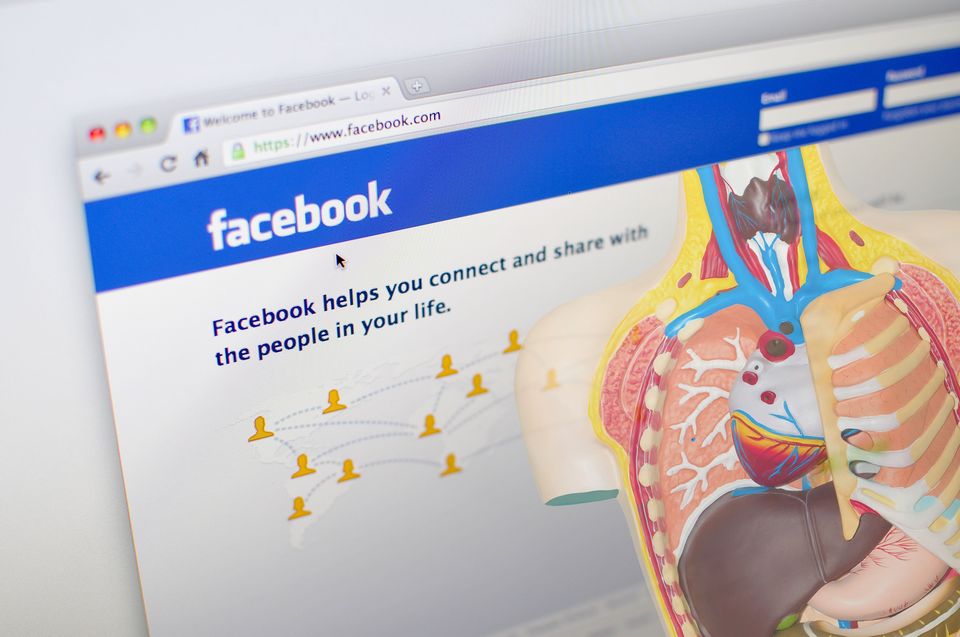New App Helps Monitor Daily Mental Health
22/09/2014Créer son site médical en toute indépendance : les Médecins Maîtres-toile vous donnent rendez-vous le 29 novembre 2014 ! « Médecins Maitres-Toile
22/09/2014Crafting Great Medical Practice Facebook Posts: 6 Tips
According to the PewResearch Center’s Social Media Update 2013, Facebook remains the most popular social network among U.S. adults, with 71 percent being active Facebook users. When studying buying behaviors of consumers, marketing research firm Vision Critical determined that social media has a huge impact on consumer decisions. Thirty eight percent of people who liked, shared, or commented on a product on Facebook have gone on to buy the product. Additionally, 43 percent of people who have « favorited » or shared a product on any social media platform ultimately purchased it.
Today’s consumers expect to have the opportunity to interact with companies through social media, and the effort that brands are putting into social media is paying off in a big way. Healthcare practices need to think more like retailers by developing a Facebook strategy for selling their services.
Digital marketing consultancy TrackMaven recently analyzed more than 1.5 million Facebook posts on nearly 6,000 Pages. Here are six pearls of wisdom gained from the analysis that can help your medical practice create perfect Facebook posts:
1. Consider word count
The analysis found that Facebook posts with 80 words to 89 words double engagement compared to posts with only 70 words to 79 words. Take some time to compose a well-thought out Facebook post. Consider using a word processing document with a word count tool to compose your post before you publish to Facebook. This will also help catch grammatical or spelling errors.
2. Use visual content
Posts with photos had 2.35 average interactions per post, versus only 1.71 for those without photos. Images can be used to humanize your practice. Post fun behind the scene glimpses of the staff and practice. Pictures are also a great way to build excitement around a change in the office, such as a new hire or an added service.
3. Post during the evening
Posting between 5 p.m. and 1 a.m. can get you 11 percent more interactions than posting during regular working hours. This may be due to Facebook’s algorithm for determining which posts users see in their news feeds. If you publish during hours that are less popular, posts are more likely to be seen by your followers. This doesn’t mean you need to work nights and weekends. Use a Facebook scheduling tool to pre-schedule posts.
4. Post during the weekend
The average number of interactions per post remains relatively consistent from Monday through Friday, then trends sharply upwards on Saturday and Sunday. Posts published on Sundays have the greatest reach with 2.72 average interactions per post. Additionally, posts published on Sunday can get 25 percent more likes, comments, and shares than those published on Wednesday. Again, use a pre-scheduling tool to publish on the weekend.
5. Ask questions
Posts that ask questions get 23 percent more engagement. A popular way to execute a question post is through trivia Tuesdays. Ask patients a question for a chance to win a prize, such as a gift card. For example ask, how many ACL repairs has Dr. Smith performed in the last five years? Or, how many people were diagnosed with breast cancer in the United States in 2013? Another way to pose a question is through asking patients to share advice. One post that was successful for me was when I asked patients to share tips for breastfeeding at work.
6. Use an infographic
Infographics are an excellent way to share information via social media. Not only are they eye-catching in a news feed, they are also extremely useful for conveying complex information. Sixty five percent of people are visual learners. Practices that produce useful visual content are more likely to have followers share their post with friends, effectively advertising your brand for you at no cost. Two great resources for infographics are Pinterest and Google Images.
If healthcare practices, particularly small independent operations, want to remain relevant in today’s market, they need to invest some time into developing their social media strategy, beginning with Facebook. Proactive marketers are intelligently engaging patients and future patients with content that builds a social bond. These relationships, which create trust and word of mouth referrals, form long-term business leads that are invaluable for healthcare practices looking to grow.
– See more at: http://www.physicianspractice.com/blog/crafting-great-medical-practice-facebook-posts-six-tips#sthash.s3CYCe9v.dpuf
Source: www.physicianspractice.com




